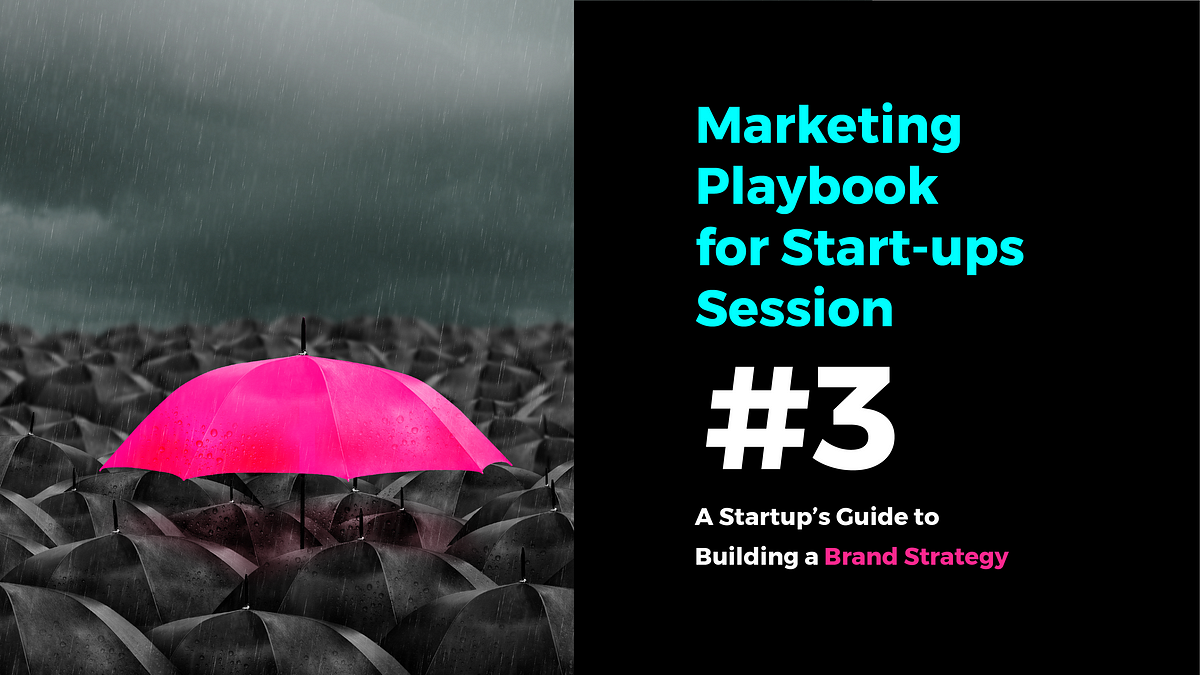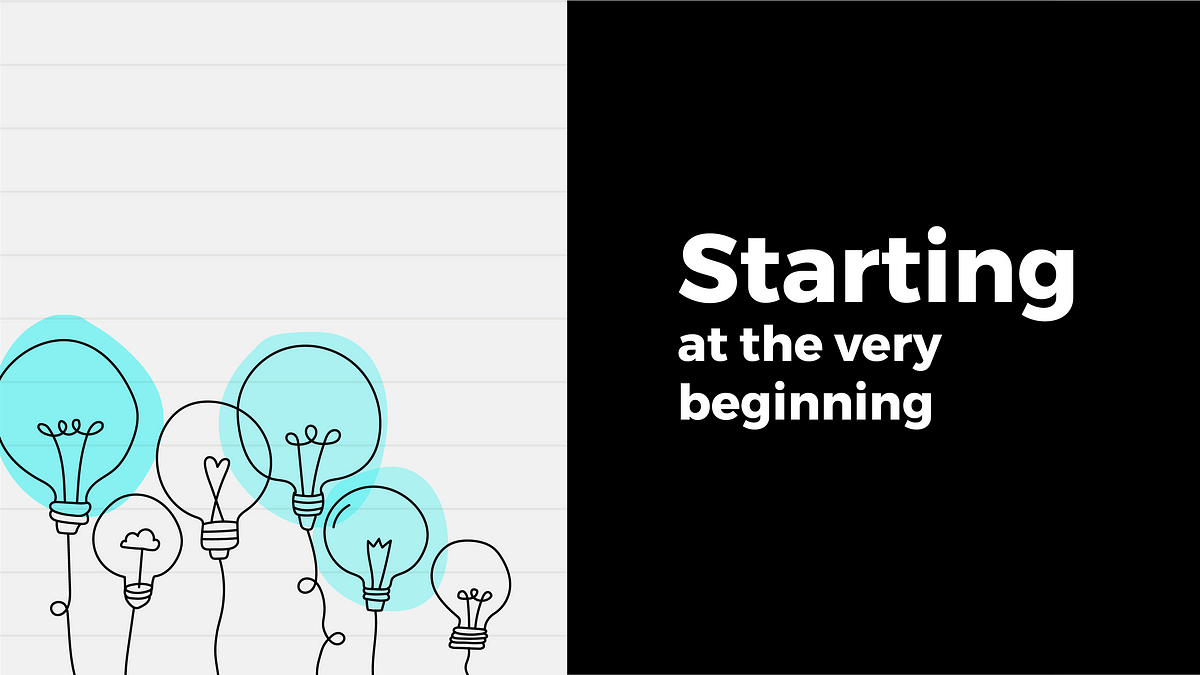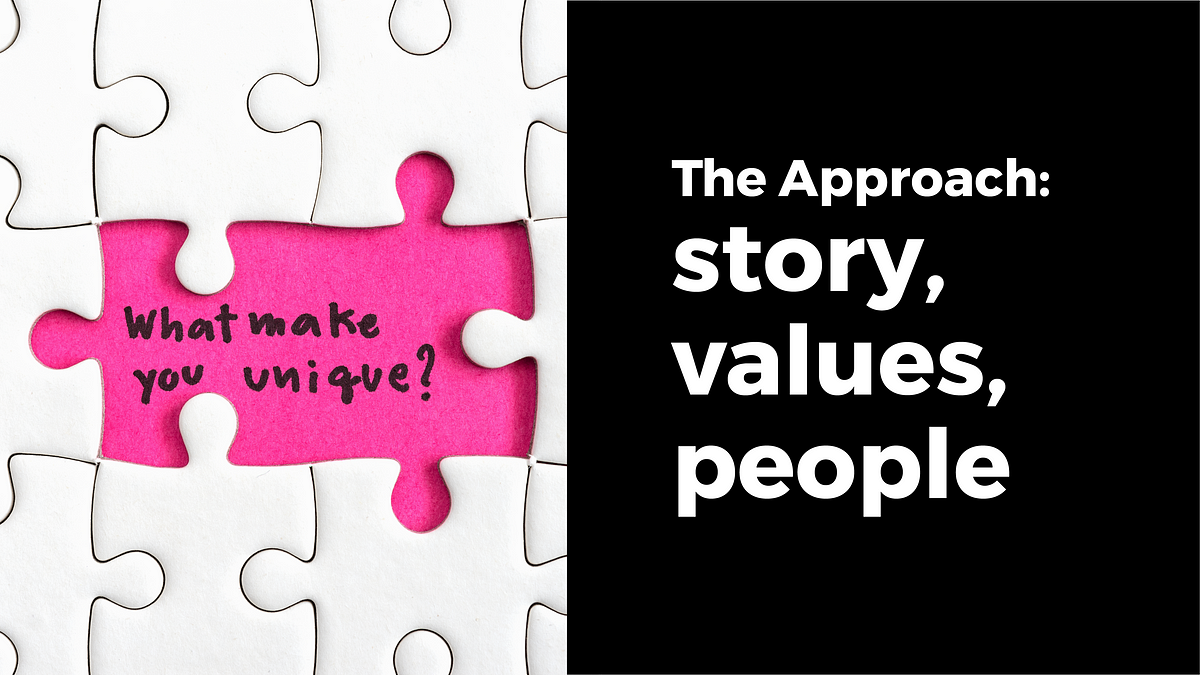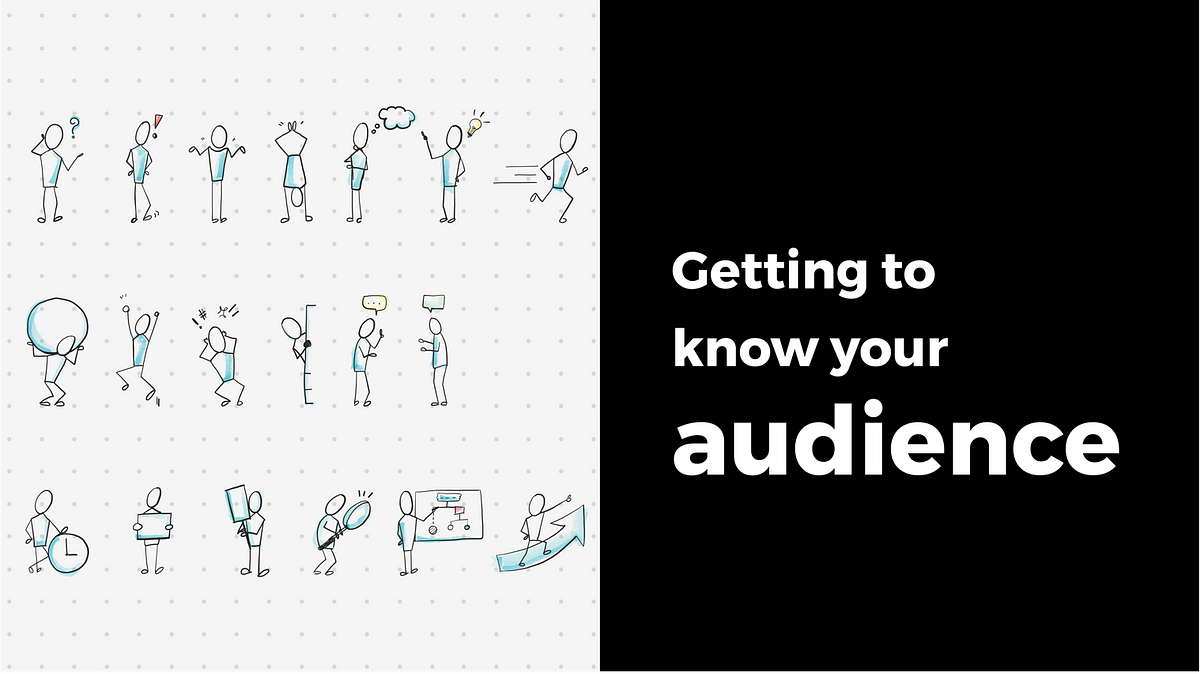
Yael Eckstein, Director of Marketing at StageOne Ventures

With Yael Eckstein, Erica Marom — Head of Marketing and Messaging at Aleph Ventures — and Nir Laznik — Founder and CEO of Sedric, a StageOne portfolio company.
We’re Back! How time flies! This session is not your average session; let me tell you why. Although we decided to discuss “branding for start-ups” and its importance that branding is established at the very beginning of your company’s journey, I decided to do this session as a Q&A with another VC (no presentation)!
Well not just any VC…
I got my close friend, Erica Marom, the Head of Marketing and Messaging at Aleph, to join me today. We’re going to discuss branding, and its amazing benefits when done properly.
You might be asking why I invited another VC. Well, the truth is that, as VC marketers, we work with many portfolio companies, each in different industries, stages, and types of founders. We get to partner with them and build their company from vision to reality. We also always sit next to the driver but never in the driver’s seat. As a VC, we provide honest and precise guidance that helps them make the right choices and, many times, avoid novice mistakes that we have seen so many times in the past.
Apart from being a crazy Miami Dolphins football fan and “suffering” from a major addiction to mint chocolate chip ice cream (I have only ever heard of one person who loved that flavor!), Erica is also a branding and storytelling genius. She is a former BBC journalist whose current adventure is a journey through the Venture Capital, high-tech, and start-up worlds. Three years ago, she joined Aleph to lead its marketing and work with their companies on brand building, storytelling, marketing, messaging, content creation, employer branding, media strategy, and public relations.
Now, let’s dig in.
Branding is extremely important because, not only is it what makes a memorable impression on consumers, but it also is what allows your employees, customers, and clients to know what to expect from your company. It is a way of distinguishing yourself from the competitors and clarifying your offering and your competitive edge. Your brand is built to be a true representation of who you are as a business, and how you wish to be perceived.

Companies tend to place a strong focus on brand building and storytelling, especially when they’re just getting started, even though their story often changes a lot over the first few months, following POCs, changes to the product, etc… So, why do we need to start so early?
Branding is how you identify your company and differentiate yourself from others. Branding is a relationship between you and your customers, your clients, experience, recruitment, and your investors.
It’s far beyond marketing, it’s really in everything you do and it’s how you make a lasting impact. Your brand is also dynamic; as time passes, companies grow and get a better picture of the market requirements, customers’ needs, and marketing activities that affect the branding and messaging. So, your brand is constantly being redefined and it’s only as good as its last encounter.
This is why companies need to have a super-strong branding foundation from the get-go, but must also be flexible enough to adapt to new circumstances, as they emerge.

When it comes to branding, there is a basic approach that every company must follow:
· Your story — State your mission
· Your value— Present how you go about achieving that mission
· Your people — Target your audience; the people to which you wish to speak
This is the basis for your company’s communication with everyone and anyone! It’s all about who you are and why you should exist. As such, it’s critical that you craft sentences that serve as a benchmark of what you do. From your elevator pitch to your company messaging, your brand story should be structured around the 5 “W’s:”
Make sure that your brand story includes a tagline that leaves a positive impact!
Once you’ve created this foundation for your communications, you can dress it up differently, depending on who you are presenting to, and which goals you wish to achieve.
Clearly articulating your values rather than choosing buzzwords is super important, because they should be values by which you live, and which you want your company to uphold. They should guide you in all your interactions with your audience, employees, investors, customers, etc.
Your brand values represent a commitment and promise. They also set a standard for the type of service you promise to provide, against which all tangible results will be measured.
For example, when deciding to create a new product feature, you must first determine its alignment with the company and its brand values — the messages you wish to transmit and the goals you wish to achieve.
Another important point to is always explain what you mean by your values — so that everyone can understand them. Values should be touchstones by which you measure everything you do, the promises you made upon establishment, that you must now endeavor to keep.

Identifying your audience is key. And by the audience, I mean your first and second audiences. — not first and second audiences, but all your audiences, all your personas. To create the right message, you need to know who they are, where they are, and how they will perceive your message. Understanding what their needs are, what you do for them, and how you make them think and feel about themselves and the brand is paramount. Furthermore, you need to understand what your commitment to them is, your promise.
Once you get to know your different audiences, it is much easier to tell them your story in a way that is most relevant to them!
As companies continue to compete for talent and finding employees has become an everyday struggle for companies of all shapes and sizes, your branding has to extend to a new and critical playing field: employer branding. You must differentiate yourself by building your employer branding story, much like you did building your company’s brand story. From hiring to firing to everyday life at the company, there’s nowhere and no aspect of the working life that employer branding doesn’t touch and influence.
It’s not all about yoga classes and happy hours! Your competitors are offering insane perks as well. You need to build your employer branding based on your added value; which sets you apart from the competition. Share about that you care about most, the impact you want the company to make, its mission, and your creation of room within the company for personal growth and development.

Branding is the basis of everything you include in your marketing plan, be it content, digital, offline, etc. It’s what helps form and informs your company’s bigger picture. Many times, founders think of branding as nothing more than a website and marketing materials; a separate part of the marketing activities and sales. I believe that all marketing activities implement branding into them, and everything goes hand in hand.
Like what you’re listening to? Stay tuned as we discuss additional elements of branding including, the Israeli founder, branding post-A Round, and the branding challenges that companies face today.
Erica will also be sharing an interesting branding example from her professional career, one of their portfolio companies called Complete.
In the second part of the podcast, we spoke to Nir Laznik, Founder and CEO of Sedric, a company we invested in a few months ago. Sedric is an AI risk & compliance excellence platform that was designed for the new generation of FinTech. Sedric extracts deep NLU and contextual signals to ensure compliance, increase brand equity, and enhance long-term growth. Due to the significant increase in regulatory scrutiny and persistent, rapid regulatory changes, Sedric established the largest collaborative compliance network, enabling FinTech players to move at their optimal pace.
Here are some of the questions and challenges we discussed, regarding Sedric:
Can a company be agile when building its branding narrative? Of course, especially early on. It’s important not to only look at where your company is at now and where you hope it will be in 5 years, but also at the balance between what’s practical/real today and the long-term vision. When building the brand story, you must remember to remain flexible as the company grows, keeping your vision in mind, to build a long-term narrative and adapt the branding narrative as you grow and evolve.
How do we balance branding needs for both internal and external audiences?
A good question to ask is, “will this appeal to our customers? Why/why not?” While branding is designed to benefit the organization and its various departments, it is ultimately a system to help you attract target customers, influencers, and networks. Be sure you’ve objectively weighed the needs of your end-consumers first, before moving on to address those needs of your internal stakeholders.
Your employees are your ambassadors; they need to understand the story, inside and out.
Values, for example, should be the same externally and internally. You need to know how to translate them, so that your customers and your employees understand and internalize them, in ways that are significant to them.
What is the best way to maintain brand consistency after a rebrand?
Obviously, this is easier to do when the company is smaller, but it is important to do it for companies of all sizes and at all relevant stages, nonetheless.
When you are rebranding, make sure everyone has the new branding guideline (internally and externally). It should be clear, understandable, and accessible. You also want everyone to be excited about your rebrand; hosting a “kick-off” event to introduce your company’s new branding can help. Processing change may take some time, and people (especially those who are internal) may forget the new branding, so you need to remind them of it again and again until it becomes second nature!
That’s a wrap! Thanks for joining us for our third session. It was extremely insightful, and I’m sure it presents valuable information to founders of all shapes and sizes.
Stay tuned for the next session!
To learn more about StageOne Ventures, please visit our website at www.stageonevc.com
Web Design by LowTech | Developed by Ori Mintz | Photography by David Garb | Branding and Web Design by Titan BrandWise
